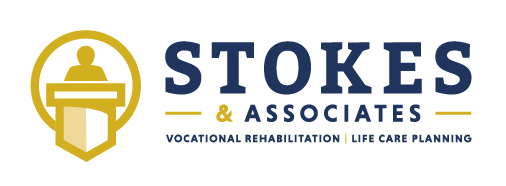Determining Work-Life Expectancy: A Case Study
Vocational rehabilitation counselors are often engaged to assist attorneys in determining pre-injury and post-injury earning capacity. Work-life expectancy is central to determining earning capacity, or the average number of years an individual participates in the labor force. Work-life expectancy estimates can help calculate final numbers for litigation or settlement purposes; however, the available research regarding work-life expectancy is outdated. The United States Department of Labor/Bureau of Labor Statistics uses research from 1986, and the Markov Model of Labor Force Activity utilizes research from 1997 to 2004. The vocational rehabilitation counselor must determine if the available resources are valid and reliable in today's job climate, where many individuals choose to work longer than retirement age.
For example, work-life expectancy was the issue in Barto v. Shore Construction (2015). The plaintiff reported that he had planned on retiring at age 67; however, the defense argued that this was greater than the average work-life expectancy for a seaman, and there was no indication that he could have worked until that age. The defendant contended that an individual's work-life expectancy cannot be based solely on their report and that other factors must be considered. The defendant further argued that an individual's work-life expectancy should be based on the average number of years an individual both works and lives and should consider elements such as an individual's health and occupation. An appellate court determined that the trial court used an above-average work-life expectancy. Therefore, the plaintiff's award was reduced from $300,000.00 to $209,533.00 based on his ability to work as a security guard until the noted age of retirement (58.2 years of age), beginning at age 55.8. The plaintiff did not note how they arrived at the range for work-life expectancy but that the age of 55.8 was based on a table of statistical work-life expectancies prepared by other economists.
As vocational rehabilitation counselors, it is important to gather as much information relevant to work-life and be aware of the statistical data, even if outdated. The vocational expert alone may not be able to determine such information, and collaboration with an economist can be beneficial.
